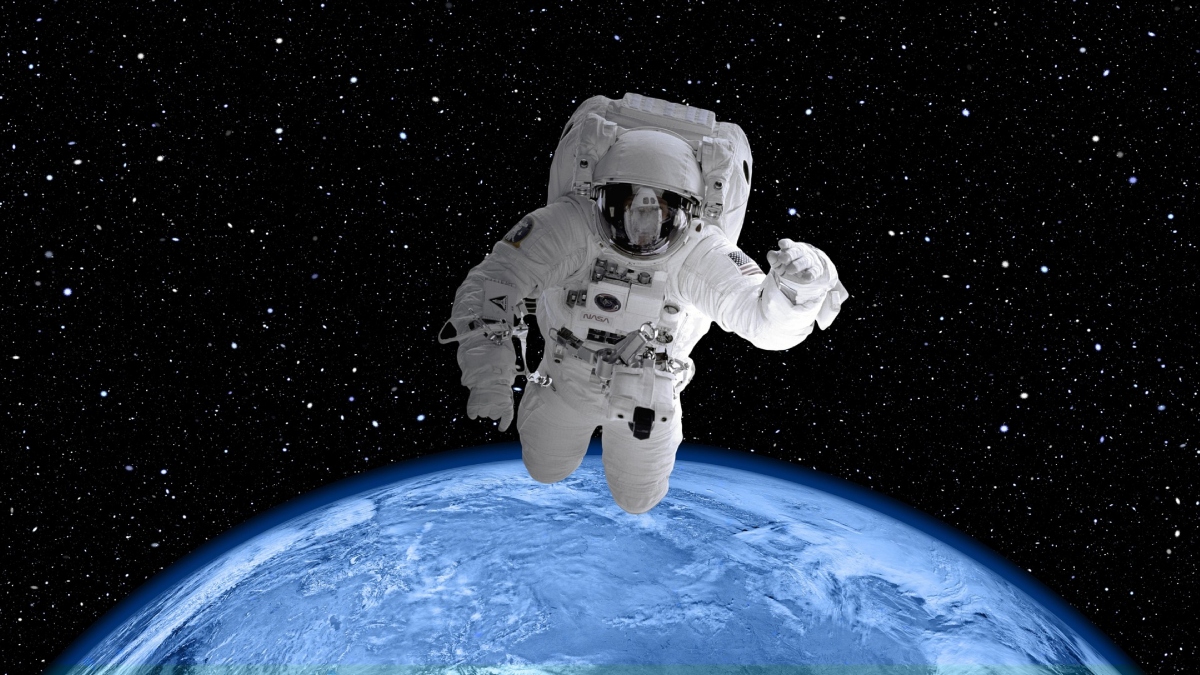The National Aeronautics and Space Administration (NASA) is offering a rare opportunity for aspiring astronauts to join its upcoming mission to the moon under the “Artemis” program. The agency announced plans to land the first woman and the next man on the lunar surface, marking a significant milestone in space exploration.
“The Orion spacecraft atop the Space Launch System (SLS) rocket will carry humans farther into space than they have gone before—for missions to the Moon and eventually to Mars,” NASA stated, highlighting the ambitious scope of the mission.
To qualify, applicants must be US citizens with a master’s degree in a STEM field or equivalent qualifications. “Artemis Generation astronauts will explore and conduct experiments where humans have never been: the lunar South Pole,” the agency emphasized, underlining the pioneering nature of the endeavor.
In addition to educational requirements, candidates must possess a minimum of three years of related professional experience and demonstrate skills in leadership, teamwork, and communications. The agency is also open to candidates with pilot experience, specifying a minimum of 1,000 Pilot-in-Command hours, with substantial experience in high-performance jet aircraft for pilots.
Interested individuals can apply through the USAJOBS website, where they must create a profile and submit a resume with references. The application process includes answering specific questions and providing necessary documentation, such as transcripts from accredited universities.
Notably, there are no age restrictions for the program. Successful candidates can expect a competitive annual salary, with astronauts currently earning $152,258 per year. However, this figure is subject to adjustment in subsequent years.
With the application deadline set for April 16, aspiring space explorers have a limited window to seize this extraordinary opportunity to contribute to the next chapter of human space exploration.






